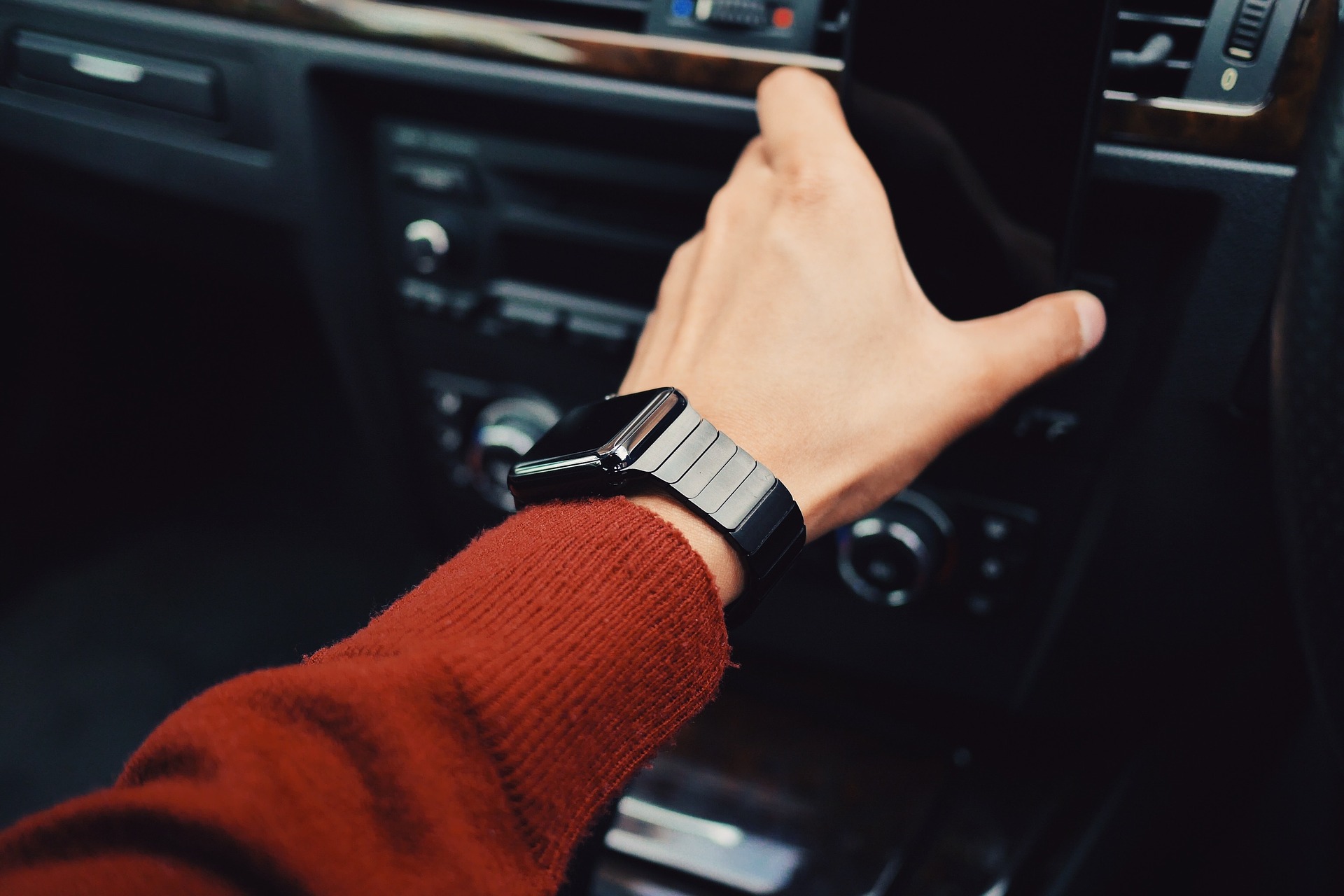Money magazine recently published a brief article on the benefits of adjusting your chair to achieve maximum comfort, and “wealth.” As part of their Get Healthy, Get Wealthy series, they suggest that basic ergonomics, including optimally adjusted chairs and practicing good posture can improve comfort and happiness – which can lead to wealth.
I’m not sure that we can make a direct connection good posture between personal wealth, but we do know that bad posture for an extended period of time can affect mood, health and productivity. Data collected by Lumo Bodytech (the wearable device performance monitoring company) revealed that “only 36% of Americans’ workdays are spent sitting in good posture.” According to Monisha Perkash, CEO and Co-founder of Lumo, “workers are spending as much as 38 minutes per hour slouching, and women’s postures are 20% worse than men.”
Irvin Goldman, the thirty-year financial services veteran states that “good posture equals confidence.” He goes on to say, the “powerful pose” (shoulders back, back upright) releases certain chemicals in the body related to confidence.” According to an Ohio State University study, “posture can also affect how we think about ourselves. If you sit up straight, you end up convincing yourself by the posture you’re in.” If having self-confidence leads to making better decisions in life, it seems likely that this could lead to greater wealth! Here are a few pointers for posture:
- Set your desk, chair, keyboard and mouse in position so your hands, wrists and forearms rest in a straight line and reside parallel to the floor.
- Allow your upper-arms to hang normally from the side of your body, elbows bent at around 90 degrees.
- Keep your knees at about the same (or slightly lower) height as your hips, and make sure your feet can sit flatly on the floor. If they don’t fully reach the floor, bring in a footrest to support your feet.
- Take frequent breaks from sitting. Take time to stand up and stretch for a minute or two every half hour or so. And if you can, take a walk during breaks or lunch.
To learn more:
23 Ways Getting In Shape Can Boost Your Finances














